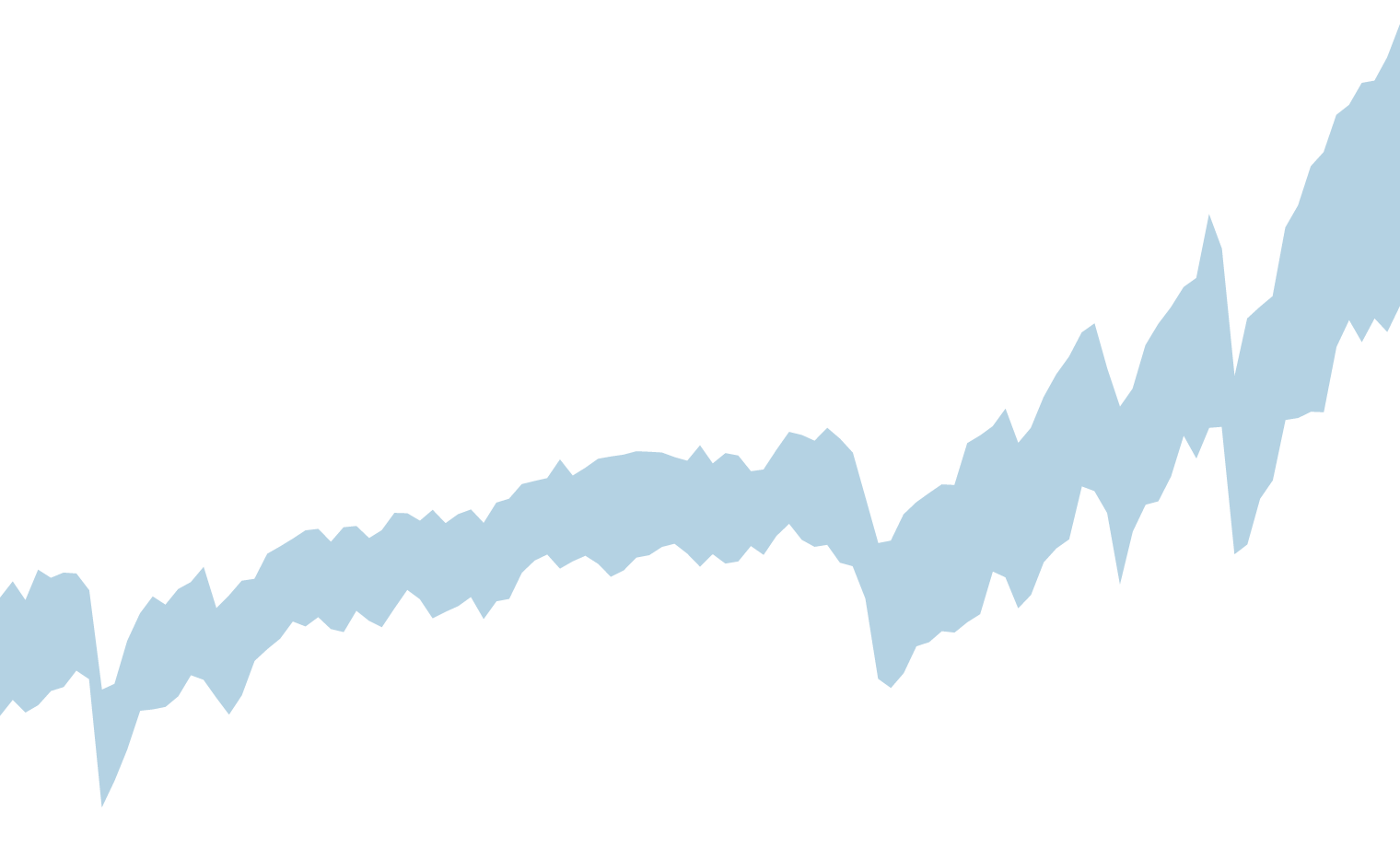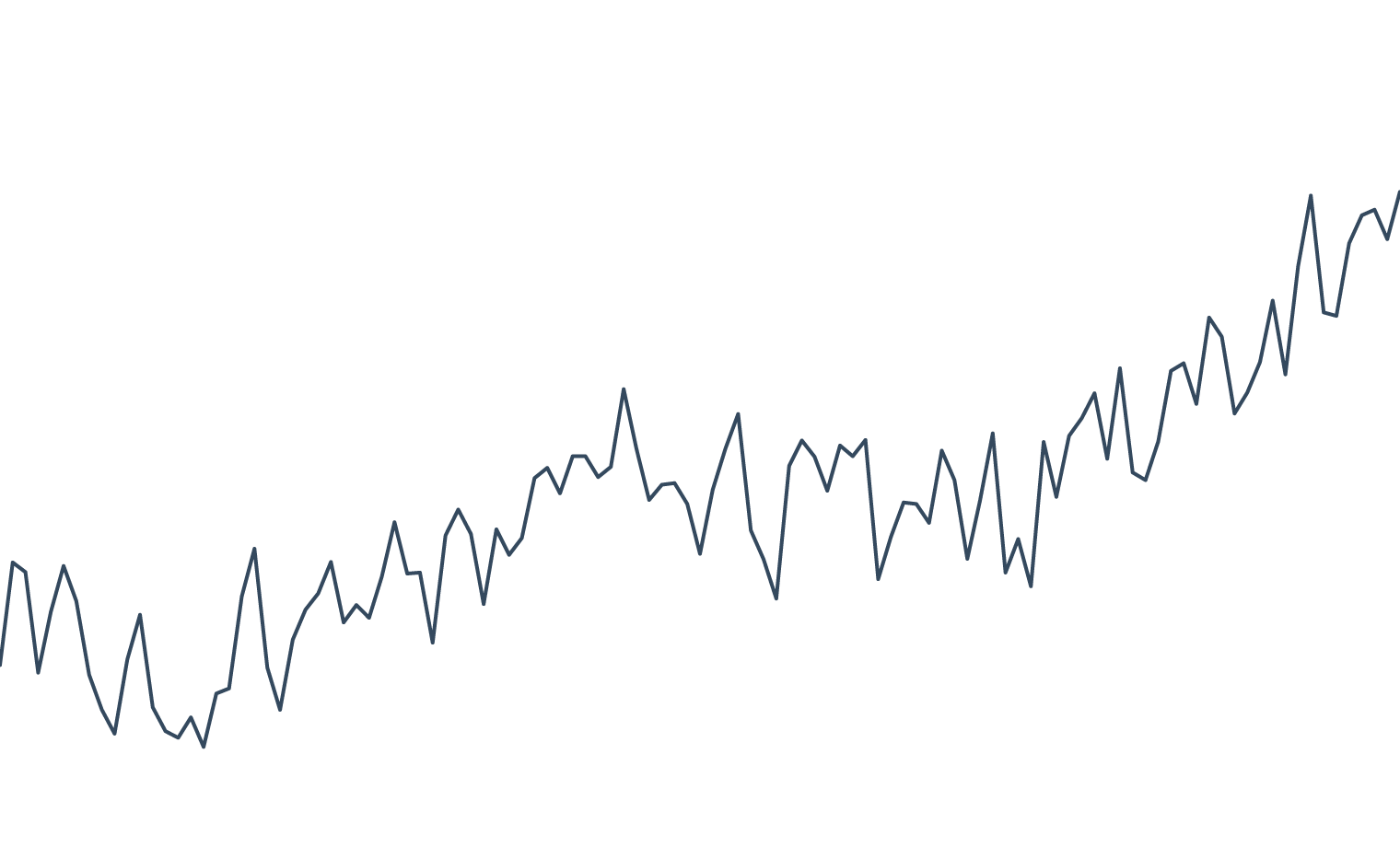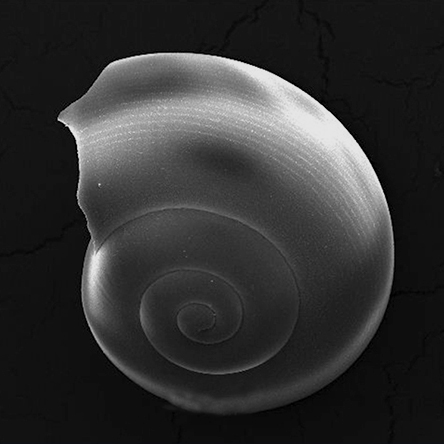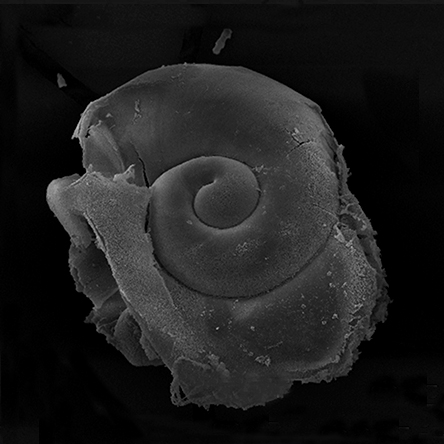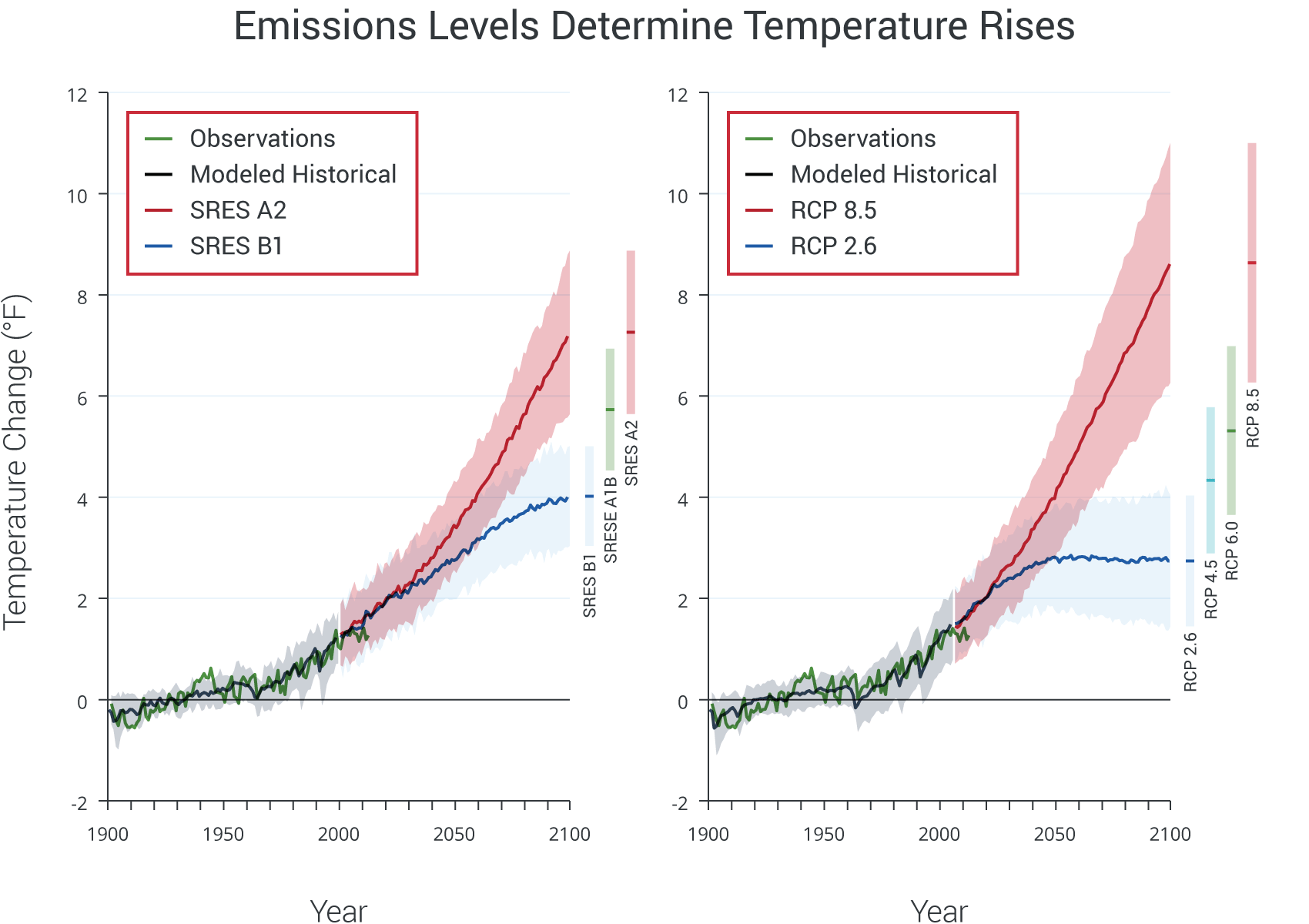Predicting how climate will change in future decades is a different scientific issue from predicting weather a few weeks from now. Weather is short term and chaotic, largely determined by whatever atmospheric system is moving through at the time, and thus it is increasingly difficult to predict day-to-day changes beyond about two weeks into the future. Climate, on the other hand, is a long-term statistical average of weather and is determined by larger-scale forces, such as the level of heat-trapping gases in the atmosphere and the energy coming from the sun. Thus it is actually easier to project how climate will change in the future. By analogy, while it is impossible to predict the age of death of any individual, the average age of death of an American can be calculated. In this case, weather is like the individual, while climate is like the average. To extend this analogy into the realm of climate change, we can also calculate the life expectancy of the average American who smokes. We can predict that on average, a smoker will not live as long as a non-smoker. Similarly, we can project what the climate will be like if we emit less heat-trapping gas, and what it will be like if we emit more. More…
Weather is the day-to-day variations in temperature, precipitation, and other aspects of the atmosphere around us. Weather prediction using state-of-the-art computer models can be very accurate for a few days to more than a week in advance. Because weather forecasts are based on the initial conditions of the atmosphere and ocean at the time the prediction is made, accuracy decays over time. After about two weeks, the effects of small errors in defining these initial conditions grow so large that meteorologists can no longer discern what the weather will be like on any specific day or place.
Climate is long-term average weather – the statistics of weather over long time scales, typically of 30 years or more. Climate is primarily the result of the effects of local geography, such as distance from the equator, distance from the ocean, and local topography and elevation, combined with larger scale climate factors that can change over time. These include the amount of energy from the sun and the composition of the atmosphere, including the amount of greenhouse gases and tiny particles suspended in the atmosphere. Knowing all these factors enables scientists to quantify the climate at a given place and time. Climate change occurs when these large-scale climate factors change over time.
Using our understanding of the physics of how the atmosphere works, we can estimate how climate will change in the future – in response to human activities, which are now changing Earth’s atmospheric composition faster than at any time in at least the last 800,000 years. It is also possible to estimate changes in the statistics of certain types of weather events, such as heat waves or heavy precipitation events, especially when we know what is causing them to change.
We know how climate has changed in the recent past, and often we know why those changes have occurred. For example, the increase in global temperature, or global warming, that has occurred over the last 150 years can only be explained if we include the impact of increasing levels of heat-trapping gases in the atmosphere caused by human activities. The present generation of climate models can successfully reproduce the past warming and therefore provide an essential tool to peer into the future.
The role of human activities in driving recent change is discussed in FAQ I. (In the context of a changing climate, the term “human activities” is used throughout these frequently asked questions to refer specifically to activities, such as extracting and burning fossil fuels, deforestation, agriculture, waste treatment, and so on, that produce heat-trapping gases like carbon dioxide, methane, and nitrous oxide and/or emissions of black carbon, sulfate, and other particles.) Other human activities, like changes in land use, can also alter climate, especially on local or regional scales, such as that which occurs with urban heat islands.






























